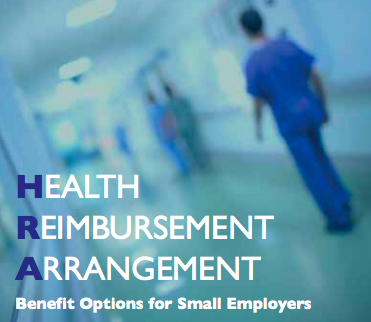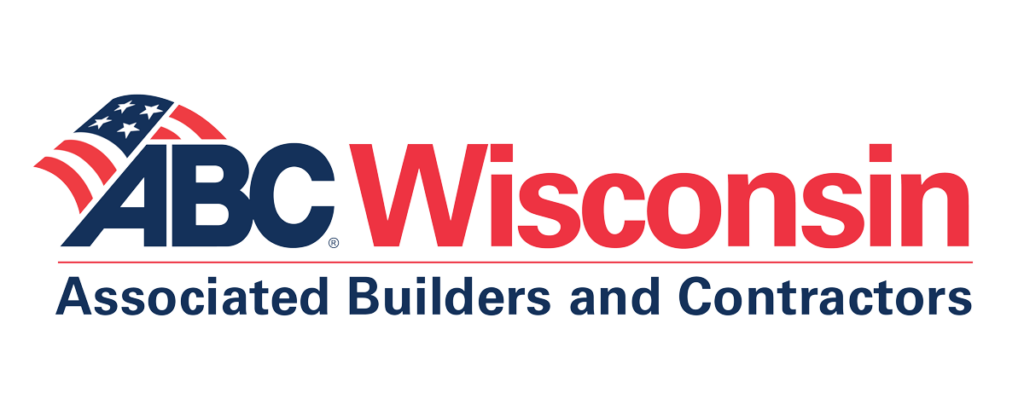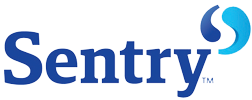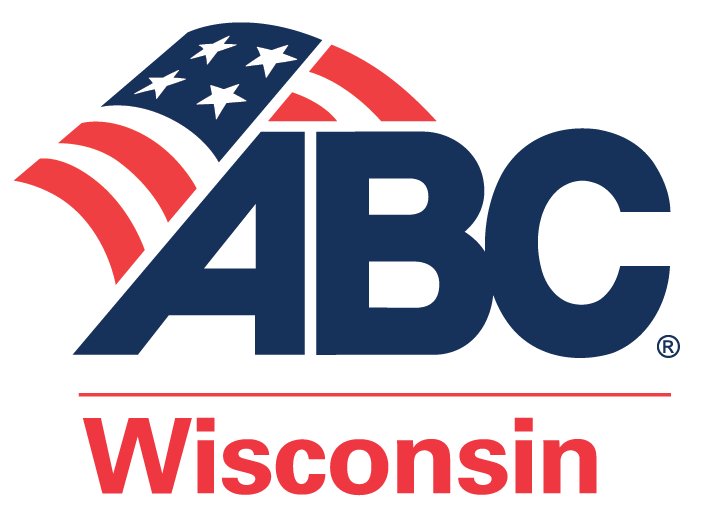
The 21st Century Cures Act allows small employers to offer tax-free health benefits to their employees through a Health Reimbursement Arrangement (HRA). Under the new law, your business can reimburse employees for out-of-pocket health costs and insurance premiums and take those payouts as business deductions. An executive summary of the new law is provided below.
Five Requirements of a Qualified Small Employer HRA
1. You must be an eligible small employer with fewer than 50 full-time or full-time-equivalent employees and do not offer group health insurance.
2. You must be nondiscriminatory and offer the same benefits to all eligible employees. Ineligible employees that may be excluded include those who are employed part-time or seasonally, are under the age of 25, are covered by a collective bargaining agreement or are nonresident aliens and those who have been employed less than 90 days.
3. The employer will solely fund the HRA. Employee deferrals are not allowed into the HRA.
4. The employee must provide proof of medical expenses or medical insurance coverage to receive the reimbursement.
5. The maximum benefit an employee can receive is $4,950 for single or $10,000 for family. This is an annual figure, and the amounts are subject to inflationary adjustments. Your business has the option to set a lower threshold.

Items to Consider
- You can choose to have the HRA reimburse only medical insurance premiums, only other medical expenses (doctor and dentist bills, etc.) or both. It must be consistently applied to all eligible employees.
- If you reimburse more than the set limits, those excess amounts would be considered employee compensation and are subject to payroll taxes.
- Each year you must send an HRA notice to all eligible employees indicating that the HRA is in place and informing of the tax-free benefits. The notice must also let the employees know that you are not offering insurance, but a reimbursement arrangement, and the employee must notify their insurance company (or the Marketplace if applicable) of any changes.
- To establish the HRA, you will need to draft plan documents, have them approved by management and update them as regulations and legislation change.
You may administer the plan yourself or you can contract this service from a provider. If you self-administer the HRA, you must verify all expenses, keep all relevant documents and send all proper notices.
This new provision provides small businesses another tool to offer more competitive benefits to employees. Both employer and employee will benefit with this new HRA.
By Greg Kenworthy
Greg Kenworthy is a partner at ABC member Hawkins Ash CPAs in La Crosse and oversees the accounting and tax services provided to privately held businesses and individuals. He provides tax return preparation and review, tax planning, research and financial statement compilation and review. Prior to and during his time at Hawkins Ash CPAs, Greg served two tours of duty with the Army in Iraq. He can be reached at gkenworthy@hawkinsashcpas.com.













